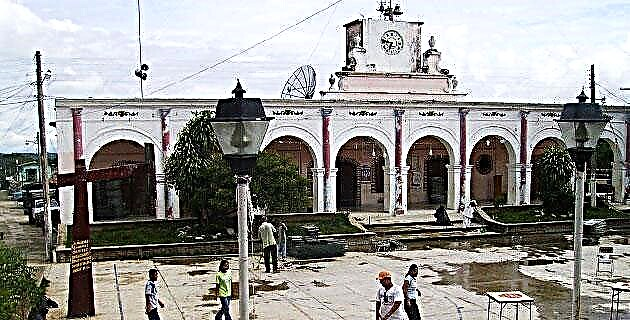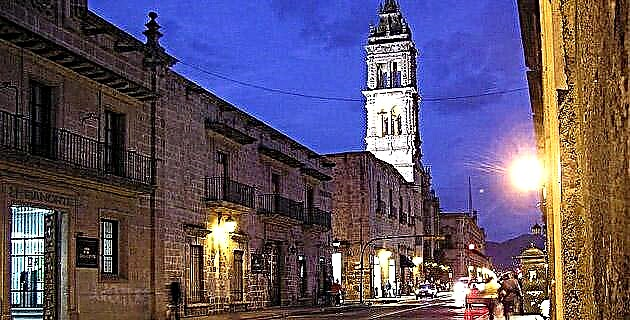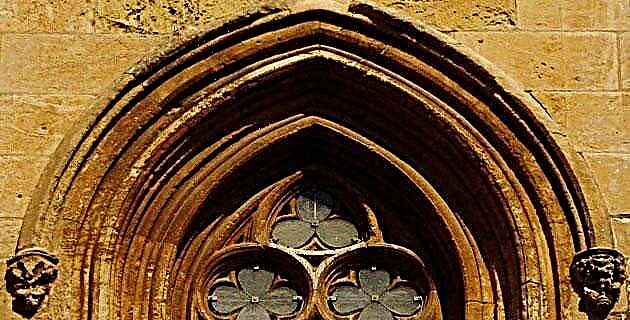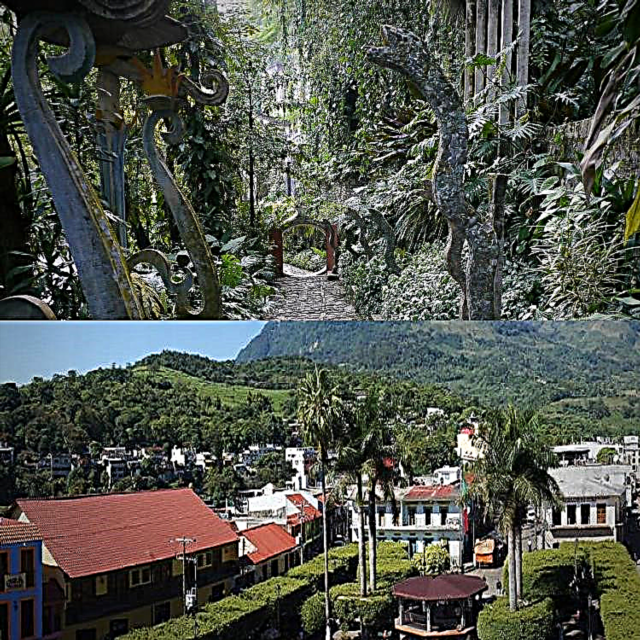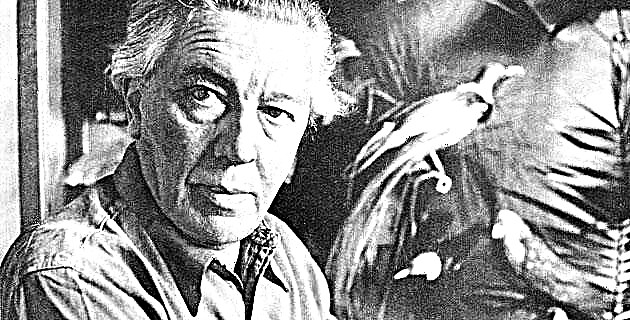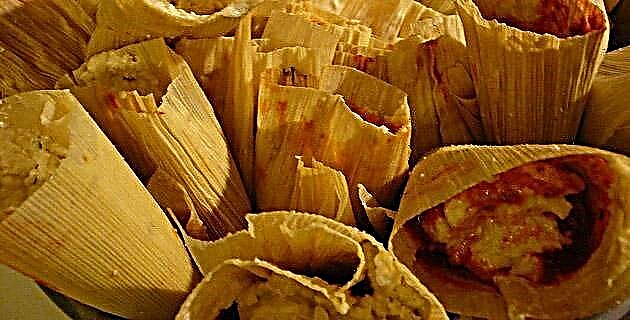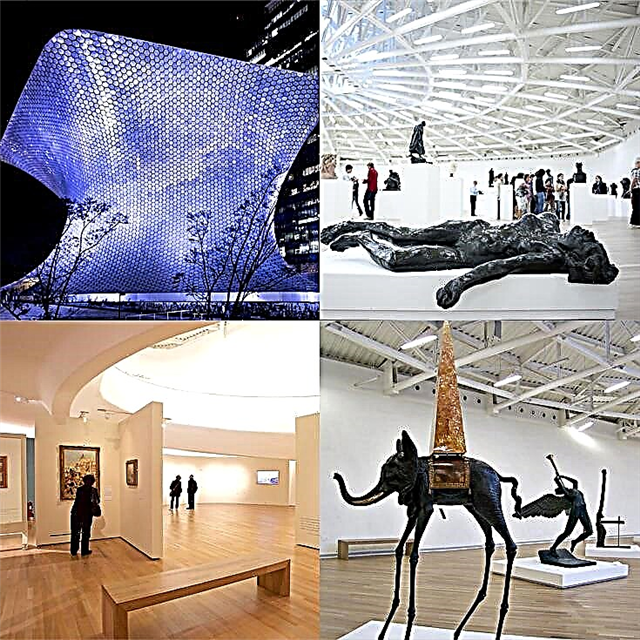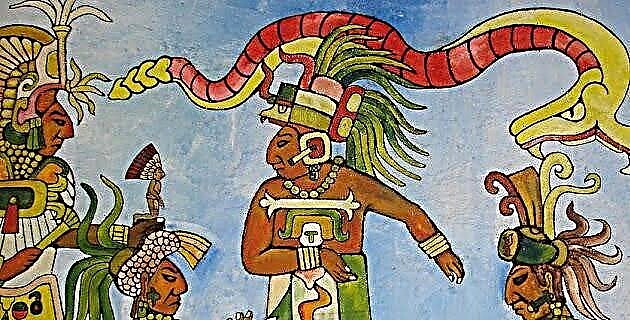
Take a tour of the Casa de Carranza Museum with us and discover numerous anecdotes and details that undoubtedly shaped the personality of this famous person from the Mexican Revolution.
Within the walls of a beautiful French-style residence, built in 1908 in Mexico City by the architect Manuel Stampa, Venustiano Carranza Garza, the man who transformed the ideals of the revolutionary struggle into Magna Carta, lived his last days, and that house is today the Carranza House Museum. Touring it is a feast of anecdotes and details that make us feel the daily personality of the former constitutionalist president of Mexico, after the defeat of Madero's assassin, the traitor Victoriano Huerta.

The museographic aspect follows two concepts: one that corresponds to the guidelines of a site museum and the other whose purpose is to highlight the political and historical trajectory of Venustiano Carranza.
The Carranza family
In November 1919, after the death of his wife, President Venustiano Carranza moved from his home in Paseo de la Reforma to this house located on Calle de Lerma River 35, which until then had been occupied by the Stampa family.
The property is rented for a period of six months and together with Carranza his daughters Julia and Virginia come to inhabit it, the latter in the company of her husband Cándido Aguilar, a high-ranking military man.
On May 7, 1920, as a result of the Agua Prieta coup, Carranza left this house bound for the port of Veracruz, on a trip that would be made by train and would never reach his destination, since the 21st of the same month is killed in San Antonio Tlaxcalaltongo, Puebla, by forces of Rodolfo Herrero. His body returns to Mexico City and is veiled in the living room of this large house from where the procession leaves for the civil pantheon of Dolores; There his remains rested until February 5, 1942, when they were transferred to the monument of the Revolution.
On this same date (1942) Miss Julia Carranza donated this house to make it a museum, thus joining the national heritage through the Ministry of Public Education and in accordance with the presidential decree of July 27 of that year.
After the murder of Venustiano Carranza, her daughter Virginia and her husband Cándido Aguilar moved to the city of Cuernavaca, Morelos, and Julia, who never married, decides to go to San Antonio Texas, but keeps this property as a gift from the general. Juan Barragán and Colonel Paulino Fontes, who acquired it on the death of the President and gave it to her for their support.
Thus, the house was rented for 18 years to the French Embassy and for two to the Embassy of the Republic of Salvador, until on February 5, 1961, President Adolfo López Mateos officially inaugurated the Carranza House Museum, which housed the offices of the Association of Constituent Deputies in 1917 and served as a library and historical museum and of constitutional laws. Much of the constituent deputies were veiled in this construction, as was President Venustiano Carranza.
The man from Cuatrociénegas
"[...] they are being kidnapped, Mr. President, think about it, if you don't agree [...] they are going to kill them [...] it's your brother, sir, and your nephew, think about it [...]"
He sent his brother-in-law in writing a deep condolence and with the pain of the dead brother flowing through his eyes, and his hands full of impotence, he declared: “From my cradle I learned that I should never betray my country, Mexico, which will always be before everything".
These words live within these sober walls like an echo of eternal steel and seem to permeate each of the furniture and objects that decorate the house that was their last resting place.
As dictated by the Frenchification of those years, to which Venustiano Carranza could not be oblivious since he came from a wealthy middle class family, the house was provided with Louis XV style furniture worked in gold leaf; the showcases and the chairs of fine wood; The large mirrors and the bronze lamps that are still in the place where they were arranged tell us about the breakfasts, the talks and the intimacy of the Carranza's dreams.
The ground floor of the house includes a large hall where you can see oil paintings by Venustiano Carranza made by authors such as Raul Anguiano, the doctor Atl and Salvador R. Guzmán. It is followed by a small anteroom whose most precious treasure is a display case where documents signed handwritten by Simon Bolivar and given to the Mexican government as a symbol of peace and brotherhood. Adjacent we find the living room, a room that preserves most of its original furniture and objects and which is one of the most important parts of the residence, since here Carranza's remains were veiled, as were those of several constituent deputies years later. . Finally, there is the dining room with its long oak table and its porcelain tableware, and what was the office of the Association of Constituent Deputies from 1917 in which photographs of Madero, Carranza and López Mateos, among others, are preserved.
In the upper part the rooms of the Aguilar Carranza couple are located, a place where Carranza father is known, the one who takes his daughter to the altar, the one who fulfills his social role and enjoys the reception. The room that follows was the room of his other daughter, neat and orderly, who tells us about that chaste and serene personality that distinguished Julia, according to those who knew her. And it is here where amazement is manifested, because in this place, the most peaceful, it was where the original of the Plan of Guadalupe was found hidden inside the left leg of the bed, and imagination returns us to a risky, brave and given like her father to the country and its cause.
And the tour could only end in Venustiano Carranza's room and personal office, places steeped in history, places where constitutional and sovereign Mexico was forged. The bedroom describes a man ordered to the extreme as his military discipline demanded, and also a man who did not completely resign himself to the emptiness left by his partner, to that loneliness that is lived in their jackets, gloves and hats. gray and black colors and he always pale white respectful and melancholic.
The office is the most relevant place of residence. Here history is lived contemporary when contemplating the old Olivier who typed the original of the Constitution of 1917, the rich wooden desk on which Carranza decided the future of Mexico and his own destiny and a magic of objects that draw in the same line The past and the present.
The last three rooms correspond to the museographic part and in their cabinets personal objects of Carranza are exhibited as interesting as his weapons and the clothes he was wearing on the day he was assassinated; newspapers and manuscripts of the time; photographs, and everything related to his political career.
About the museum and its activities
The Casa de Carranza Museum is located at Río Lerma 35, in the Cuauhtémoc neighborhood, a few blocks from Paseo de la Reforma; Its hours of service to the public are from Tuesday to Saturday from 9:00 a.m. to 7:00 p.m. and on Sundays from 11:00 a.m. to 3:00 p.m.
In addition to visiting the majestic residence, during the same museum service hours you can use the library service, specialized in information and documentation related to the 1917 Constitution.
Occasionally and with prior notice you can attend conferences, book presentations and film clubs in the auditorium and pictorial exhibitions in the gallery of temporary exhibitions within the same museum space.


